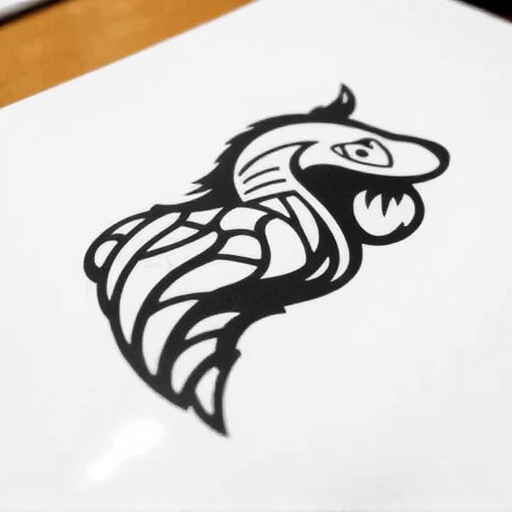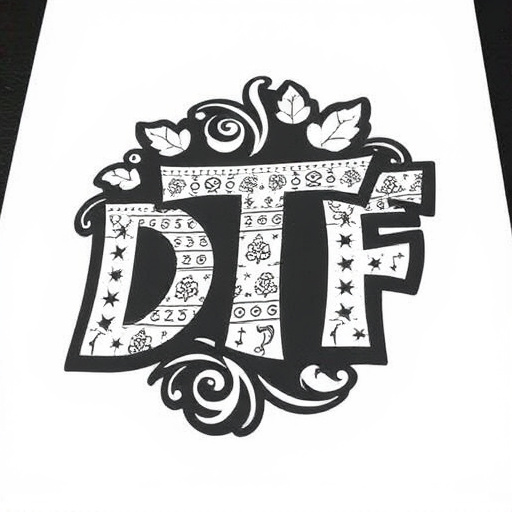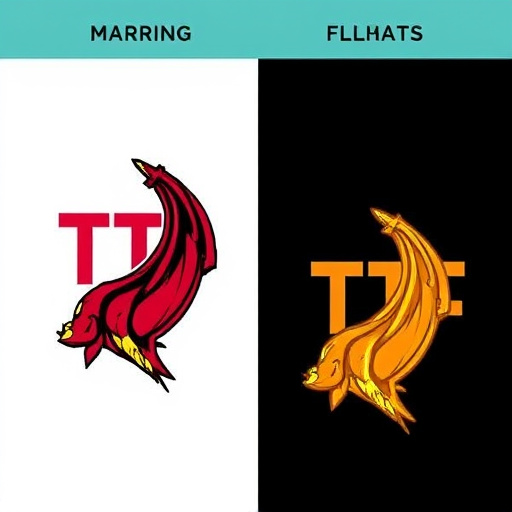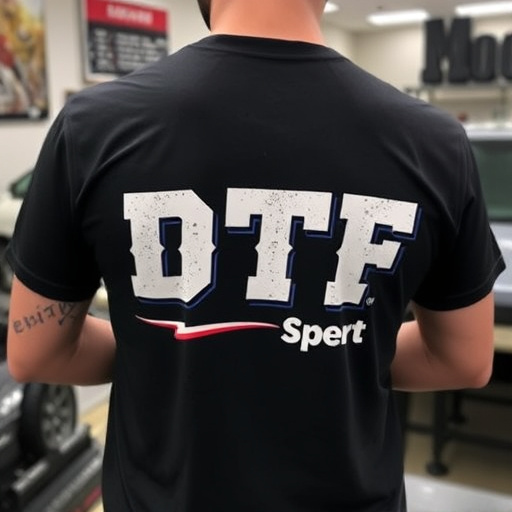Fast DTF Transfers revolutionize garment printing by offering swift, high-quality heat transfer designs with flexibility for both small-scale customization and bulk production. Using direct-to-garment (DTF) printing, this technology delivers crisp, vibrant prints with fast drying times, enabling rapid production runs. For businesses in printing and apparel, DTF transfers streamline operations, meet market demands, and enhance productivity through efficient ink selection, viscosity control, setup processes, automation, and well-trained personnel.
“Discover the future of data transfer with our comprehensive guide to Fast DTF Transfers. This in-depth exploration delves into the technology revolutionizing digital communication, offering unprecedented speed and efficiency. From understanding the fundamentals to unlocking its diverse applications, this article equips you with knowledge. Learn best practices for implementation, optimization techniques, and real-world benefits that make Fast DTF Transfers a game-changer. Explore why this technology is essential in today’s fast-paced digital landscape.”
- Understanding Fast DTF Transfers: A Comprehensive Overview
- Benefits and Applications of Rapid Data Transfer Technology
- Implementing and Optimizing Fast DTF Transfers: Best Practices
Understanding Fast DTF Transfers: A Comprehensive Overview

Fast DTF Transfers have revolutionized the way we print and personalize garments. This cutting-edge technique allows for precise, high-quality application of heat transfer designs onto a variety of fabrics with remarkable speed and efficiency. Unlike traditional screen printing methods that can be time-consuming and limited in scope, Fast DTF offers unparalleled flexibility, enabling businesses to easily create custom sheets for heat pressing designs directly onto garments. This makes it an ideal solution for both small-scale customization and bulk DTF shirt production.
The process leverages advanced technology to achieve remarkable results. DTF printers use direct-to-garment (DTF) printing techniques, transferring ink from a plate or roller directly onto the fabric. This direct contact ensures crisp, vibrant prints with precise detail. Furthermore, the fast drying times of DTF inks allow for rapid production runs, enabling businesses to meet the demands of dynamic fashion trends and customer requests efficiently. Whether you’re a graphic designer looking to offer unique printed garments or a clothing manufacturer seeking to streamline production, understanding Fast DTF Transfers offers a powerful tool for unlocking endless creative possibilities in garment personalization.
Benefits and Applications of Rapid Data Transfer Technology

Rapid Data Transfer Technology (DTF) has revolutionized the way we handle and move data, offering unprecedented speed and efficiency. One of the key benefits is its ability to facilitate fast DTF transfers, enabling businesses to streamline their operations and meet the demands of today’s fast-paced market. This technology is particularly advantageous in industries such as printing and apparel production, where quick turnaround times are crucial. For instance, DTF printing allows for precise and direct transfer of designs onto various materials, including fabrics, providing a cost-effective solution for bulk DFT shirt production.
The applications of this technology extend beyond printing. In logistics, fast data transfers ensure seamless communication between different departments and partners, enhancing supply chain management. Additionally, in the field of software development, it enables rapid deployment of updates and new features to users, ensuring they have access to the latest innovations immediately. With its versatility and speed, fast DTF transfers are becoming an indispensable tool for businesses seeking a competitive edge in their respective industries.
Implementing and Optimizing Fast DTF Transfers: Best Practices

Implementing and optimizing fast DTF (Direct-to-Garment) transfers is key to enhancing productivity in custom graphic tee production. To achieve this, begin by selecting high-quality DTF inks that align with your printing equipment. Consistent ink viscosity and flow rates ensure even application, leading to vibrant prints on various garment types. Next, master the art of setup and pre-treatment. Pre-treating fabrics with suitable solutions prepares them for optimal ink absorption, resulting in crisp and long-lasting transfers.
For efficient bulk DTF shirt production, consider automation. Advanced machines designed for DTF printing streamline the process, reducing setup times and increasing overall output. Regular maintenance and calibration of equipment are also vital. Ensure your team is well-trained to operate these systems, enabling them to identify and troubleshoot potential issues promptly. By combining high-quality materials, meticulous preparation, and streamlined workflows, you can optimize fast DTF transfers, delivering exceptional results for custom graphic tees.
In conclusion, fast DTF transfers have revolutionized data exchange, offering unprecedented speed and efficiency. By understanding their fundamentals, leveraging their benefits, and implementing best practices, businesses can streamline operations and gain a competitive edge in today’s digital landscape. Embrace the power of rapid data transfer technology to stay ahead in an increasingly interconnected world.














